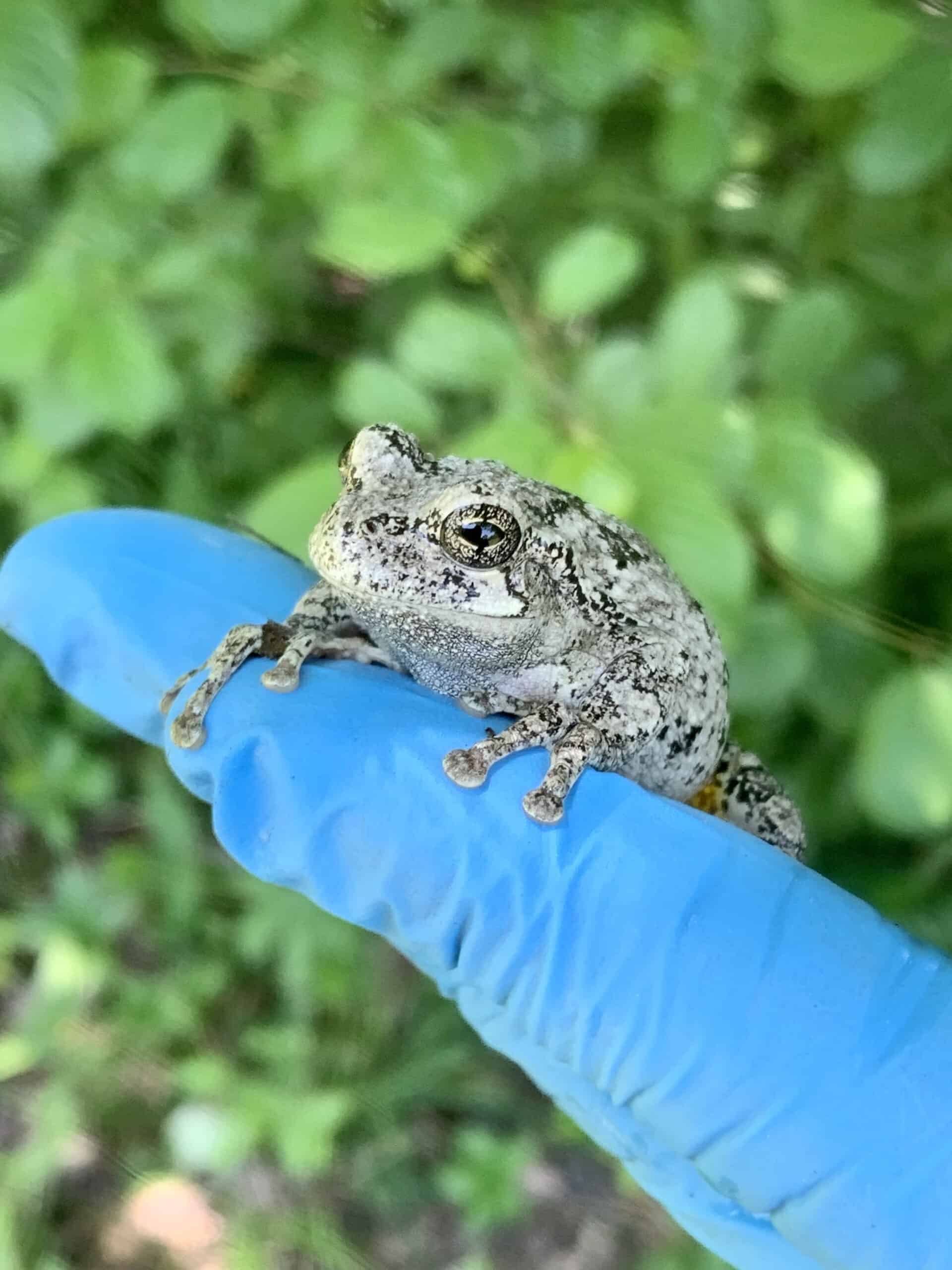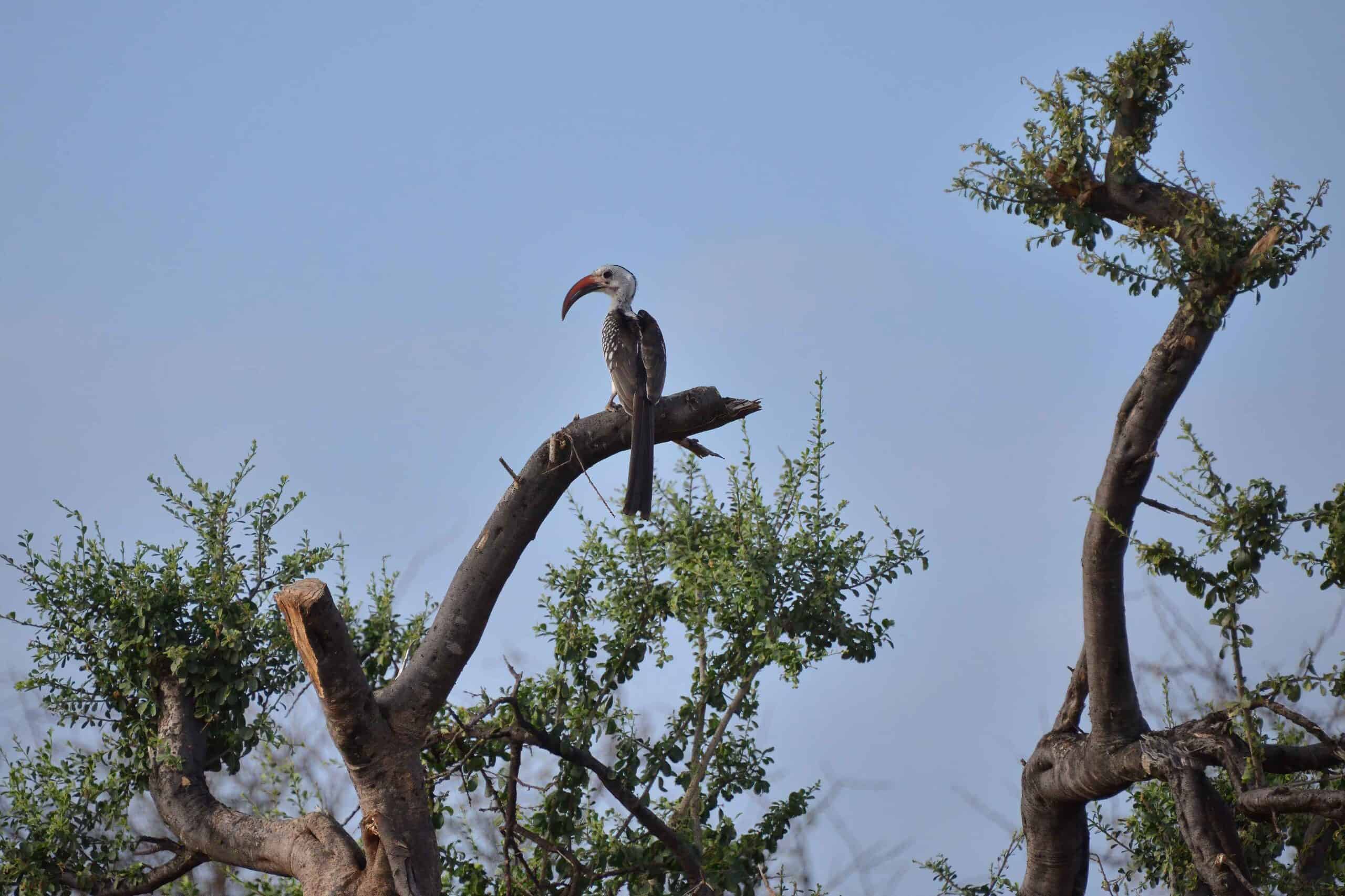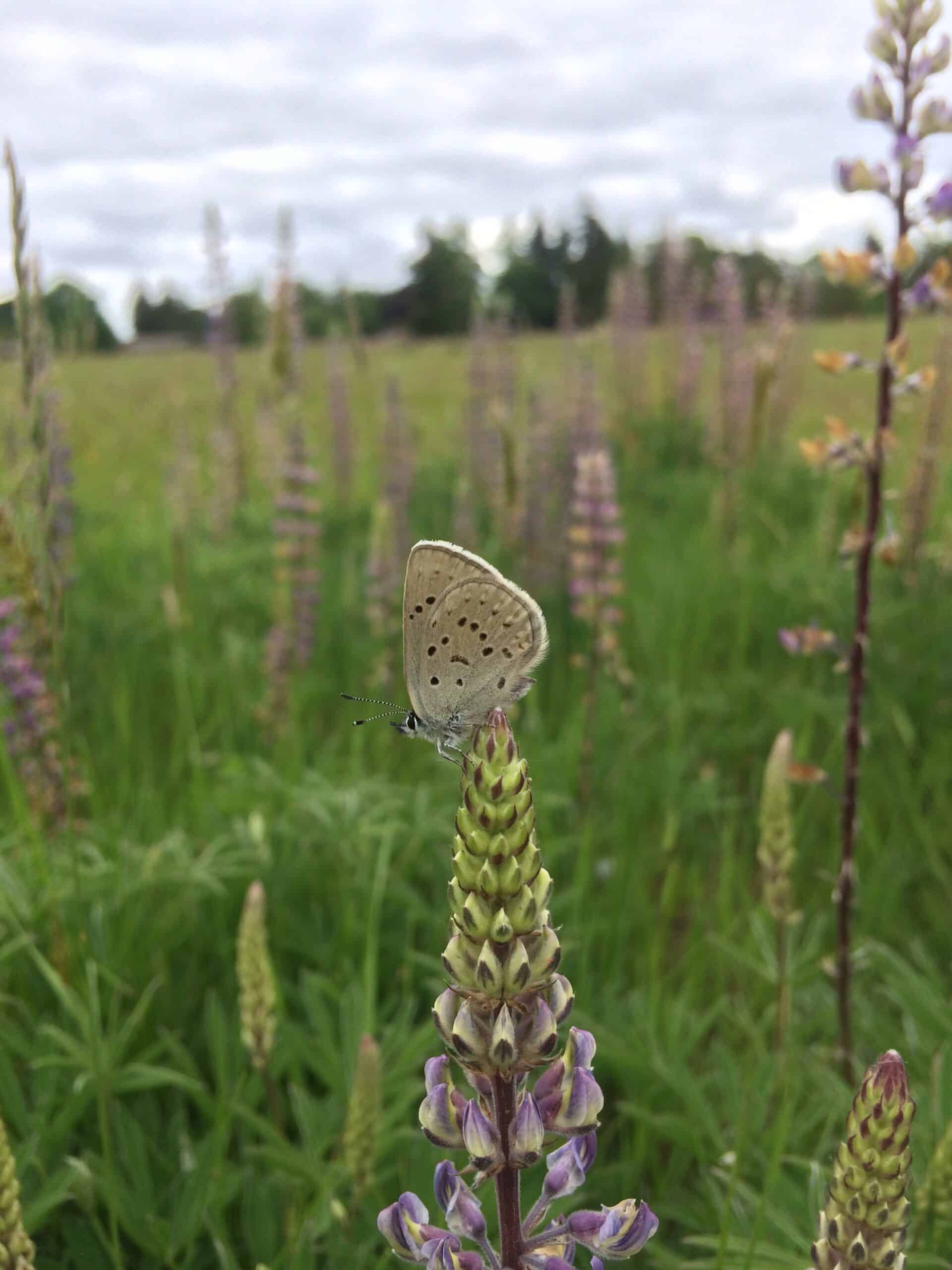Share this article
Tapping into private landowners for bird diversity
Privately owned forests in Costa Rica may support just as much bird biodiversity as protected forests, according to new research.
Daniel Karp, an assistant professor in the Department of Wildlife, Fish, and Conservation Biology at the University of California, Davis, set out to determine how climate change, specifically droughts in northwest Costa Rica, may interact with agriculture and habitat loss to affect bird communities.
“Habitat loss from agriculture is the primary cause biodiversity loss globally,” Karp said. “And climate change is giving it a run for its money looking into the future. However, we know very little about how these two stressors interact and affect communities of wildlife in the tropics.”
As they conducted their research, they began to notice that birds in drier regions were able to persist in agricultural areas.
In one study that Karp led, published in the Journal of Applied Ecology, he and his colleagues looked at what scope local landowners could have for conserving bird species on private lands, whether that means maintaining forest already there or restoring forests.
This area of northwest Costa Rica is wetter near the coast and drier toward the interior, Karp said, allowing them to select study sites along a rainfall gradient to quantify bird biodiversity in wetter versus drier areas.
After developing relationships with local landowners, they selected study sites that included 20 farms and adjacent privately owned forests, as well as five protected areas. Then, researchers conducted bird point counts and surveyed vegetation at 150 different locations at these sites.
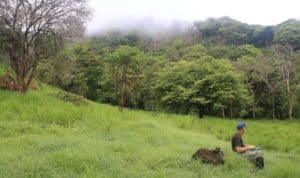
Agriculture sites in Costa Rica typically have shorter trees and more open canopies. ©Daniel Karp
Karp and his colleagues found only slightly fewer bird species in the agriculture sites compared to the forest sites. But the species that occupied agriculture and forests were quite different. On average, in the agricultural areas, there were fewer range restricted species, suggesting agricultural birds were less vulnerable than those in the forests.
But what about the fragmented forests on private lands? Karp and his colleagues found that in the wetter regions, bird species in private forests were similar to those found on protected areas, even though they had been fragmented and logged.
“It’s pretty remarkable. If a privately owned site had enough forest cover immediately around the site and in the surrounding landscape, the bird community at that site was indistinguishable from protected areas,” he said. “This is a really encouraging finding.”
Karp said that, when it is infeasible to create new protected areas, private landowners still have the power to conserve forest-restricted, more vulnerable birds like the iconic Long-tailed Manakin (Chiroxiphia linearis). A next step would include simulating reforestation changes from agriculture to forest sites to better model and predict where the best places to restore forest would be.
Karp and his colleagues then furthered their research in a study published in Ecological Applications. They looked at how each individual species that they surveyed respond to gradients in forest cover and precipitation.
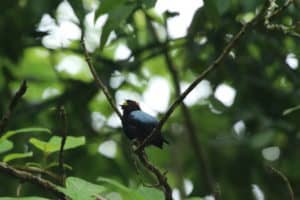
Vulnerable species such as the long-tailed manakin can benefit from privately owned farms in Costa Rica. ©Jim Zook
“In the past, we biologists have set up in our heads a simple dichotomy of two types of species — forest specialists that persist only in forests and habitat generalists that can live anywhere,” he said. But, he said, it turns out to be more complicated than that. Responses to habitat loss changed between species and in different regions. “We need to understand how different species are responding at a species level to understand how the community as a whole will fare going forward,” he said.
They also found that the birds respond most strongly to forest in their immediate vicinity, within about 150 feet of a site. This is good news, Karp said, because it means forest restoration can help even on a small scale.
Another paper published in Diversity and Distributions looks even further at these trends on the community level. This paper explored changes in how many species could be found at any given site as well as their functional roles in ecosystems. “One interesting finding in that paper is most of the diversity of species that are playing different functional roles in ecosystems are at the wet forest sites again,” he said. “Wet forest sites are thus really beneficial to conserve and restore.”
Header Image: The turquoise-browed motmot (Eumomota superciliosa) persists in privately-owned forests but declines in open agricultural fields. ©Daniel Karp






